

- RFQ
- BOM
-
Contact Us
Tel: +86-0755-83501315
Email: sales@sic-components.com
- Chinese
- English
- French
- German
- Portuguese
- Spanish
- Russian
- Japanese
- Korean
- Arabic
- Irish
- Greek
- Turkish
- Italian
- Danish
- Romanian
- Indonesian
- Czech
- Afrikaans
- Swedish
- Polish
- Basque
- Catalan
- Esperanto
- Hindi
- Lao
- Albanian
- Amharic
- Armenian
- Azerbaijani
- Belarusian
- Bengali
- Bosnian
- Bulgarian
- Cebuano
- Chichewa
- Corsican
- Croatian
- Dutch
- Estonian
- Filipino
- Finnish
- Frisian
- Galician
- Georgian
- Gujarati
- Haitian
- Hausa
- Hawaiian
- Hebrew
- Hmong
- Hungarian
- Icelandic
- Igbo
- Javanese
- Kannada
- Kazakh
- Khmer
- Kurdish
- Kyrgyz
- Latin
- Latvian
- Lithuanian
- Luxembou..
- Macedonian
- Malagasy
- Malay
- Malayalam
- Maltese
- Maori
- Marathi
- Mongolian
- Burmese
- Nepali
- Norwegian
- Pashto
- Persian
- Punjabi
- Serbian
- Sesotho
- Sinhala
- Slovak
- Slovenian
- Somali
- Samoan
- Scots Gaelic
- Shona
- Sindhi
- Sundanese
- Swahili
- Tajik
- Tamil
- Telugu
- Thai
- Ukrainian
- Urdu
- Uzbek
- Vietnamese
- Welsh
- Xhosa
- Yiddish
- Yoruba
- Zulu
- Kinyarwanda
- Tatar
- Oriya
- Turkmen
- Uyghur
What Drives Electronic Component Prices? Unveiling the Key Factors
In the dynamic realm of electronics, the prices of components are a crucial consideration for engineers, manufacturers, and consumers alike. From the smallest microchips to complex circuit boards, the cost of these building blocks can significantly impact the feasibility and profitability of projects. Understanding the various factors that drive electronic component prices is essential for making informed decisions and navigating the intricacies of the market. This article delves into the key elements that influence the cost of electronic components, shedding light on the forces at play behind the price tags.
1. Order Volume: The Power of Scale
One of the fundamental factors influencing electronic component prices is order volume. Like many other products, economies of scale play a significant role in determining the cost per unit. When manufacturers receive larger orders, they can spread their fixed costs, such as setup, tooling, and overhead expenses, over a greater number of units. This allows them to offer lower prices per component, providing an incentive for buyers to purchase in bulk. For example, a company ordering a thousand units of a particular chip may receive a lower price per unit compared to a company ordering only a few dozen.
However, it's important to note that there are limits to the benefits of large order volumes. Overstocking can lead to increased storage costs, potential obsolescence of components, and tied-up capital. Therefore, finding the optimal order quantity that balances cost savings with the risk of overstocking is crucial. Additionally, some manufacturers may have minimum order quantities (MOQs) in place, which can pose challenges for smaller companies or those working on prototype projects. Negotiating lower MOQs or finding alternative suppliers with more flexible requirements can help mitigate this issue.
2. Raw Materials: The Foundation of Cost
The raw materials used in the production of electronic components have a direct impact on their prices. Components such as silicon, gold, copper, and rare-earth metals are essential for the functionality of electronic devices. When the supply of these materials is limited due to factors such as geopolitical tensions, natural disasters, or increased demand, their prices tend to rise. For instance, the recent shortage of silicon, driven by disruptions in the supply chain during the COVID-19 pandemic and the surge in demand for consumer electronics, led to a significant increase in the cost of semiconductor chips.
In addition to the availability of raw materials, their quality and purity also play a role in determining component prices. Higher-quality materials often come at a premium, as they are required to meet the stringent performance and reliability standards of modern electronic devices. For example, the use of high-purity silicon in the manufacturing of integrated circuits can result in better performance and lower power consumption, but it also adds to the overall cost of the component.
3. Tariffs and Trade Policies: Navigating International Barriers
International trade is a vital aspect of the electronics industry, with components often sourced from various countries around the world. However, tariffs and trade policies can have a significant impact on the prices of electronic components. Tariffs are essentially taxes imposed on imported goods, and they can increase the cost of components sourced from countries with high tariff rates. For example, if a country imposes a high tariff on imported semiconductors, the cost of these components for domestic manufacturers will increase, potentially leading to higher prices for end products.
In addition to tariffs, trade policies such as import restrictions, quotas, and intellectual property regulations can also affect the availability and cost of electronic components. For instance, restrictions on the export of certain technologies or materials can limit the supply of components, driving up prices. Similarly, intellectual property disputes can lead to legal challenges and delays in the production and distribution of components, further impacting their costs.
4. Component Availability: Supply and Demand Dynamics
The availability of electronic components is another critical factor influencing their prices. When a particular component is in high demand and short supply, its price is likely to increase. This can be due to various factors, such as unexpected surges in demand, production bottlenecks, or disruptions in the supply chain. For example, the growing demand for electric vehicles has led to a shortage of power semiconductors, resulting in higher prices for these components.
On the other hand, when there is an oversupply of a component, its price may decrease. This can occur when manufacturers overestimate demand or when new technologies or competitors enter the market, increasing the supply of components. For example, the introduction of new manufacturing processes or the emergence of alternative components can lead to a decrease in the price of existing components.
5. Production Complexity: The Cost of Innovation
The complexity of an electronic component's design and manufacturing process can significantly impact its price. Components with advanced features, smaller form factors, or higher precision tolerances require more sophisticated manufacturing techniques and materials, which can increase their cost. For example, the production of high-performance microprocessors involves complex lithography processes and the use of expensive materials, resulting in higher prices for these components.
In addition to the complexity of the manufacturing process, the development and research required to create new components also contribute to their cost. Developing innovative technologies and features often requires significant investment in research and development, which is reflected in the price of the components. For example, the development of new semiconductor technologies, such as 5G chips or artificial intelligence accelerators, involves substantial R&D costs, which are passed on to the consumers in the form of higher prices.
6. Testing and Certification: Ensuring Quality and Safety
Electronic components must undergo rigorous testing and certification processes to ensure their quality, safety, and compliance with industry standards. These processes can add to the overall cost of the components, as they require specialized equipment, skilled personnel, and time. For example, components used in medical devices or aerospace applications must meet strict safety and performance requirements, which often involve extensive testing and certification procedures.
In addition to the cost of testing and certification, the need for compliance with different regulatory standards in various countries can also impact the price of electronic components. For example, components sold in the European Union must comply with the Restriction of Hazardous Substances (RoHS) directive, which restricts the use of certain hazardous materials in electronic products. Meeting these requirements may require additional testing and the use of alternative materials, which can increase the cost of the components.
7. Lead Times: Balancing Cost and Time
Lead time refers to the time it takes from placing an order for a component to receiving it. Shorter lead times often come at a premium, as manufacturers may need to prioritize the production and delivery of the components, which can increase their cost. For example, if a company needs a component urgently, it may have to pay a higher price to expedite the delivery.
On the other hand, longer lead times can potentially result in lower prices, as manufacturers have more time to plan and optimize their production processes. However, longer lead times can also pose challenges for companies, as they may need to plan their production schedules well in advance and carry higher levels of inventory to ensure a continuous supply of components. Balancing the need for shorter lead times with the cost implications is an important consideration for companies when sourcing electronic components.
8. Other Cost Factors: A Holistic View
In addition to the factors mentioned above, several other elements can contribute to the final cost of electronic components. Intellectual property rights, such as patents and trademarks, can add to the cost of components, as companies may need to pay licensing fees or royalties to use certain technologies or designs. Research and development costs, as mentioned earlier, are also a significant factor, especially for components with advanced features or technologies.
Packaging is another important cost factor, as it protects the components during transportation and storage and can also affect their performance. The cost of packaging materials, such as plastic, metal, or ceramic, can vary depending on the type and quality of the materials used. Additionally, environmental regulations, such as the Waste Electrical and Electronic Equipment (WEEE) directive, can also impact the cost of components, as companies may need to comply with requirements for the disposal and recycling of electronic products.
Conclusion: Navigating the Complexities of Electronic Component Pricing
In conclusion, the prices of electronic components are influenced by a multitude of factors, each playing a crucial role in determining the cost of these essential building blocks of modern technology. From order volume and raw materials to tariffs, component availability, production complexity, testing and certification, lead times, and other cost factors, understanding these elements is essential for making informed decisions when sourcing electronic components.
By considering these factors and their potential impact on the cost, performance, and availability of components, engineers, manufacturers, and consumers can navigate the complex world of electronics with confidence. Whether it's finding the optimal order quantity, exploring alternative materials or suppliers, or balancing the need for shorter lead times with cost considerations, a holistic approach to electronic component pricing is key to achieving success in the electronics industry. As technology continues to evolve and the demand for electronic components grows, staying informed about these factors and their implications will be crucial for businesses and individuals alike.
Our Cost Of Electronic Components solution provides real-time pricing data for a wide range of electronic components, allowing users to quickly assess the impact of component cost on their overall product expenses. By leveraging this tool, businesses can streamline their procurement processes, optimize their design choices, and ultimately improve their bottom line. Whether you are a small start-up or a large-scale manufacturer, our Cost Of Electronic Components will empower you to make informed decisions and stay ahead in today's competitive electronic market. Say goodbye to cost estimation guesswork and start maximizing your profit potential with our powerful tool!
https://www.sic-components.com/transformers/switching-converter-smps-transformers?page=37

Hot Products
View MoreRelated Blogs

2000+
Daily average RFQ Volume

30,000,000
Standard Product Unit

2800+
Worldwide Manufacturers

15,000 m2
In-stock Warehouse






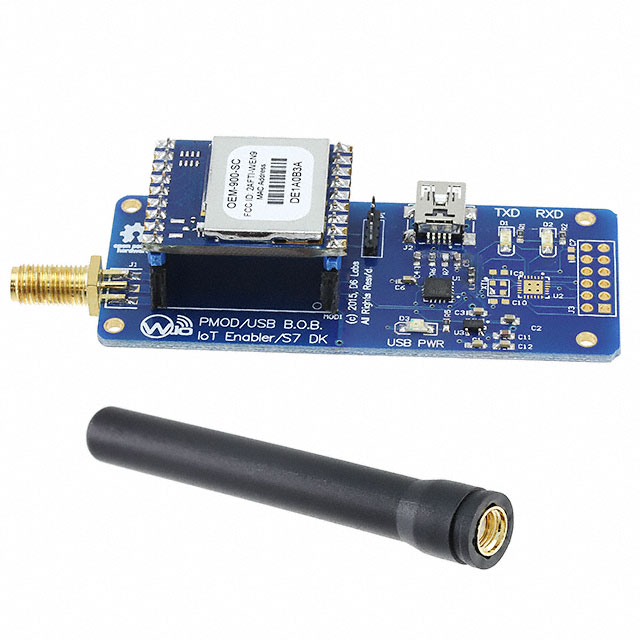

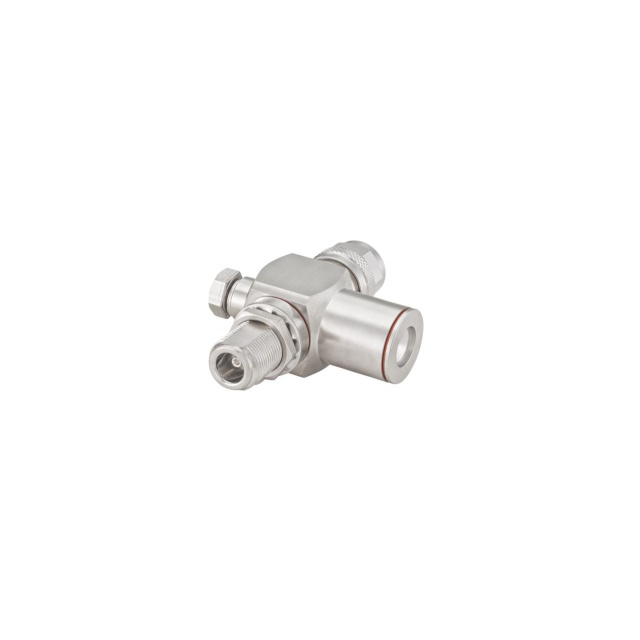
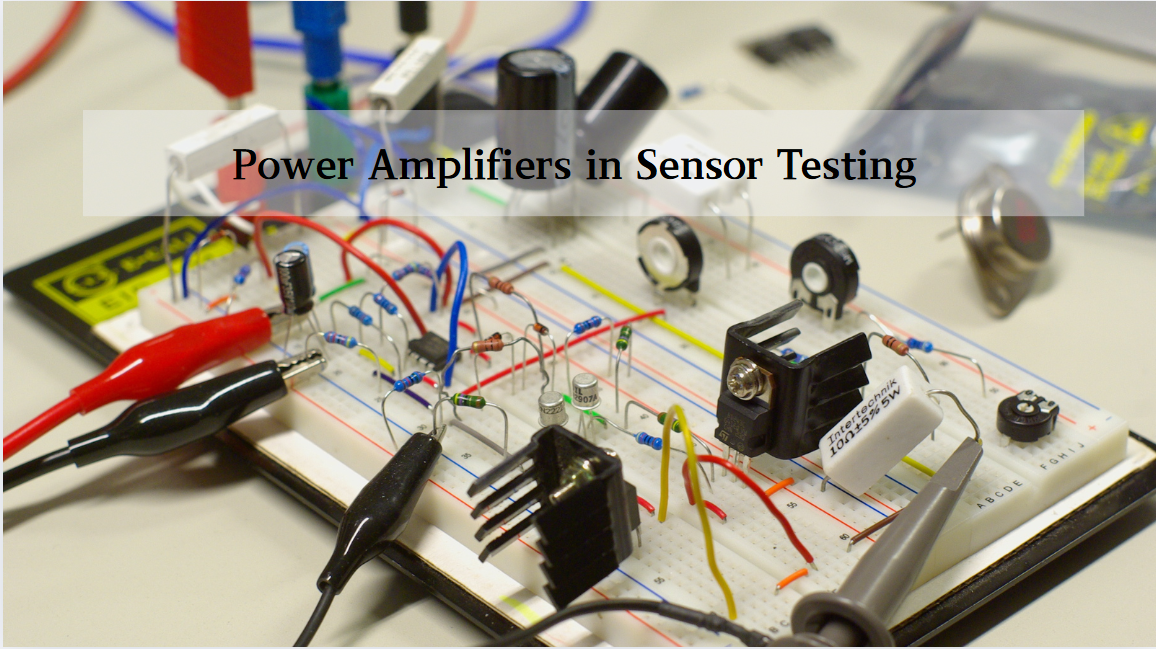
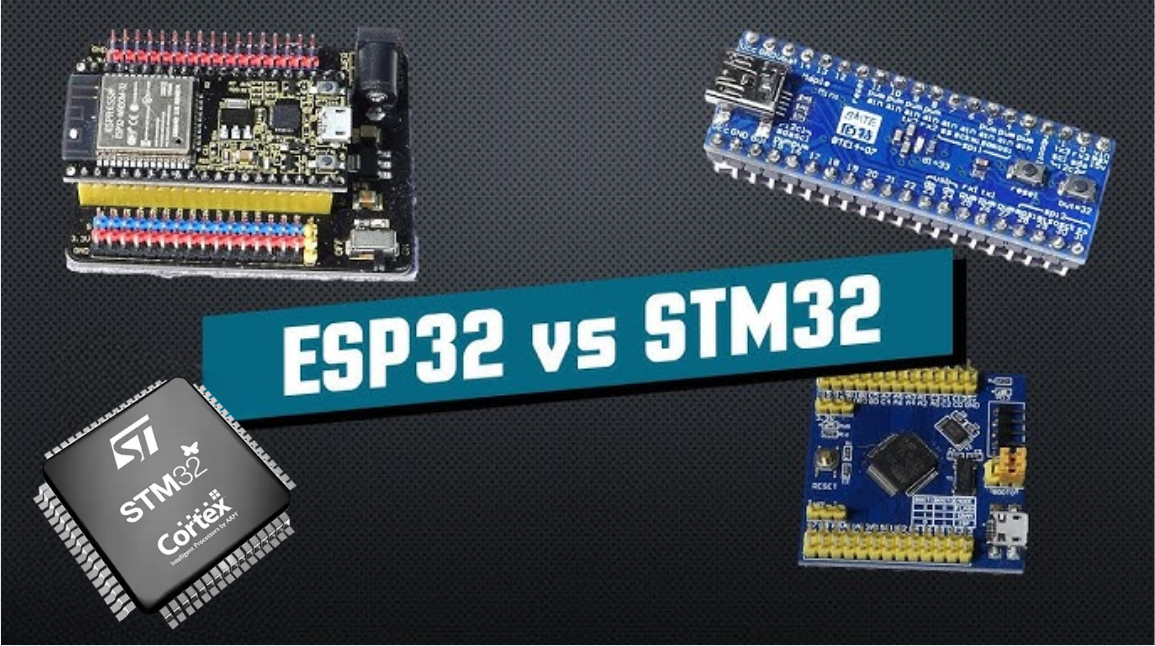
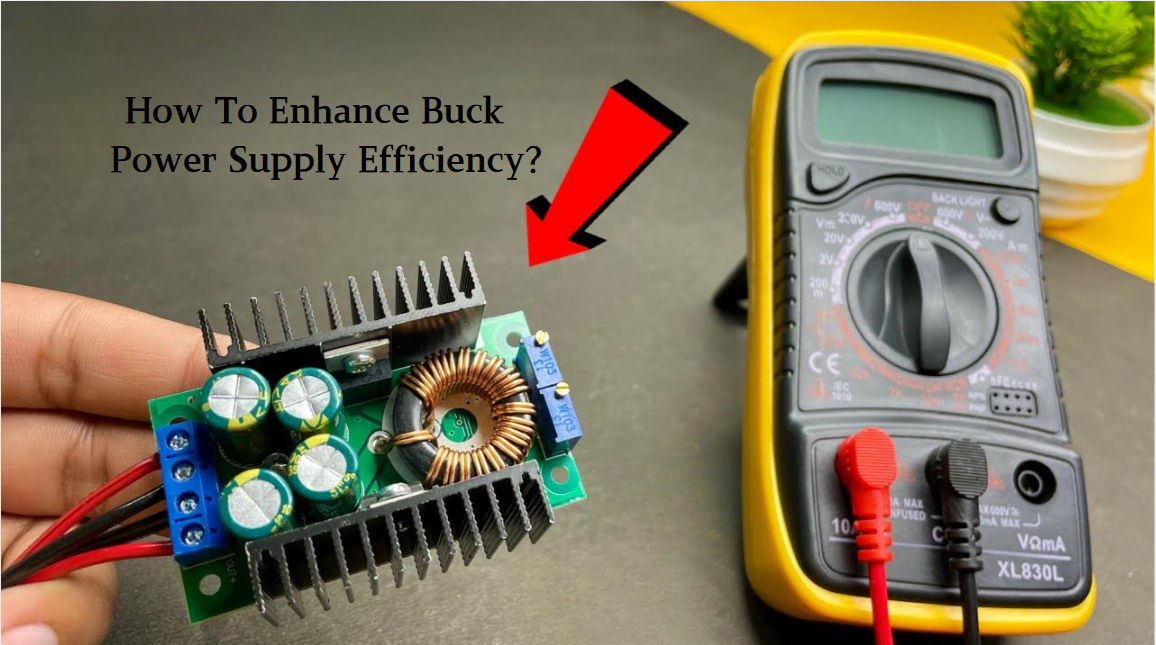






 Wishlist (0 Items)
Wishlist (0 Items)